This Article was published in the Martinez News-Gazette on 4/19/2017The first discovery of the Potter’s Field Restoration Project was that of a headstone adjacent to its base face down in the dirt at the bottom of the hill. It had braved the elements, decades of water runoff and moisture abuse. A thick rusty nail stood in place of an object that once graced the top along with a large surface fissure distorting its Ancient Greek inscription – “Nikolaos Glaros of Ikaria Ascended 21 July 1915 Year 21”. Nikolaos was our first genealogical subject. The City of Martinez decedent lists and multiple genealogy websites yielded nothing, until we found the California Death Index 1907-1939 stating, “Nikolaos was 21, buried in Contra Costa County, and died July 21, 1915.” We contacted Dorothy Glaros, the president of the local chapter of the Pan-Icarian Brotherhood of America, which aids immigrants and their descendants from the tiny isle of Ikaria, Greece. Dorothy stated that Glaros is a common surname for residents of Ikaria. Michele Jacopetti found information under the name “N.G.” The Twenty-Fourth Biennial Report of the State Board of Health of California (Fiscal Years 1914-1916), on pg. 68 states “Case N.G., Moraga, California, age 21, track laborer on railroad,” (a migratory physically demanding job inspecting, repairing and maintaining tracks.) “slept on Moraga railway station platform the night of July 9, 1915. He developed symptoms of illness on July 13th. On examination a bubo was found on his right femoral region. …The patient had all of the signs and symptoms of the bubonic form of plaque. He died the eighth day of illness…” The Appendix to the Journals of the Senate and Assembly states “One of these cases occurred during July, 1915, in the Moraga Valley, Contra Costa County, death resulting. The diagnosis was confirmed by animal inoculations. This particular case may have contracted his infection from rats or fleas, as the patient gave the history of having slept on some straw near the railroad station near Moraga where rat evidence was found. As the case occurred in the rural districts, most probably the infection was acquired by ground squirrels.” The late assistant surgeon, J. R. Hurley, U.S.P.H.S. writes in the July 1915 Monthly Bulletin of the California State Board of Health that “The last human case in Contra Costa County occurred in July of this year. This case was seen by the writer.” He continues, “…By consulting a map from the Central Counties of California… whereon by spots of red designate the ranches that have been infected… Contra Costa is nearly all red, especially in the Western part, in the neighborhood of Port Costa.” He concludes with, “…Here come vessels from all over the world: sailing ships, “tramps”, and large steam freighters to load grain for European ports. Considerable grain is scattered along the railroad tracks and freight sheds in the neighborhood, offering sustenance for both the ground squirrels and the rats that infest the wharfs. …plague-infected rats that wandered ashore from deep sea freighters at Port Costa, and the infected fleas from these animals, transferred the disease to our local ground squirrels in this locality…” Nikolaos's death triggers the conduction of an extended campaign against the plague in Contra Costa by the State and County Boards of Health, United States Public Health Service and the California State Hygienic Laboratory. Texas Medicine (among many other US medical research reports, bulletins and records) recorded their findings. Numerous newspapers throughout the US, reported his death. Why so much attention? He was the last case of Bubonic Plague to be reported since October of 1913 in Walnut Creek. Attempting to find more information on Nikolaos we researched Greek immigration history through Charles Maskos book, “Greek Americans: Struggles and Success” and Bethany E. Pierce’s article “Greek Immigrants” from immigrationtounitedstates.org. Charles Maskos writes, “…once the first group of Greek immigrants settled in America, they would write home to their families and have a younger brother come over to America to work.” Bethany E. Pierce mentions, “Icarian immigrants expected to work and return to their homeland after earning capital and dowries for their families.” However, Maskos and Pierce both mention that most Greek immigrants were recruited by unscrupulous labor agents who promised passage money and a job, if they came to America. However, too often the jobs did not exist. Maskos mentions in his book that the crossing from Greece to Ellis Island, NY, would have been nearly unbearable and take anywhere from three weeks to several months in very tight quarters at the bottom of a ship (often they were not enumerated by US immigration officials). Upon arrival, they would head by train to their destination, either to their relatives or to the job location given by the labor agent. With the lack of records regarding Nikolaos, we suspect this is most likely how and why he arrives in the US.
On that warm July night, as he slept on a bed of straw looking up at the stars, it probably reminded him of home. Nikolaos died on July 21, 1915, in the Martinez County Hospital. To learn more about Nicholas, please visit our website martinezcemetery.org/nikolaos-glaros. Special thanks to Dorothy Glaros and the Pan-Icarian Brotherhood of America for restoration of Nikolaos’s headstone for its reinstallation later this month. The next Cemetery Cleanup Day is Saturday May 13th from 10 am – 2 pm. Wear comfortable clothing and bring a pair of gloves. Lunch provided by E Clampus Vitus, with morning refreshments provided by the Potter’s Field Restoration Project for its volunteers. Judie & Joseph Palmer are two of the founding members of the Martinez Cemetery Preservation Alliance (MCPA) and the Potter’s Field Project. Both have a passion for discovery, history, genealogy, anthropology and archaeology. For more info, please visit our website MartinezCemetery.org. Do you have a Potter’s Field story to tell? We welcome any pictures or information regarding the Alhambra Pioneer Cemetery or its Potter’s Field. Please email us at [email protected] or call us at (925) 316-6069. This Article was published in the Martinez News-Gazette on 4/05/2017One of the most glorious and gratifying experiences we’ve had was to reunite August Mueller with his direct descendants after we, a gravestone expert, and a city employee noticed his broken headstone, face down, during a walk-through near the section of Potter’s Field. Utilizing the information from his headstone inscription and genealogical websites, we located his Great-grandson John Bauer and his Great-granddaughters: Kristin Hawley, Kathleen Bauer, Mary Corsetti and her husband Donald, who had been looking for August’s final resting place for over 20 years. Special thanks to all of them for sharing and letting us use the numerous newspaper articles, pictures, and documents they had for us to tell his following story… Ferdinand August Mueller was born on January 28, 1846, in Elbing, Prussia (now known as Elblag, Warminsko-Mazurskie, Poland) to Jacob and Paulina Goeppinger Mueller. August’s father died when he was 16, which eventually leads him to migrate to the U.S. After arriving in the United States in 1867 at the age of 19, he joins the army as a private for Company K, 12th U.S. Infantry during the reconstruction period after the American Civil War. August Mueller stood at 5 feet 5 inches tall, fair complexion, blue eyes and brown hair. In Lieutenant Charles W. Abbot Jr.'s book, The Twelfth Regiment of Infantry, Lt. Abbot Jr. states "Company K left Washington and proceeded west to post in Camp Gaston, CA, ... an isolated post almost near an Indian agency, which involved more or less work inspecting supplies, etc." At Camp Gaston, August earns promotion to Corporal on June 1, 1869 then Sergeant on December 1, 1869. He was honorably discharged on June 29, 1870. Shortly thereafter, August becomes a U.S. Citizen. His citizenship papers read, “In the County Court of Humboldt County, State of California, on September 14, 1870, … August Mueller be, and is hereby admitted and declared to be a Citizen of the United States of America.” On September 17, 1870, August signs his first California Voter’s Registration card in Humboldt County, CA. On November 18, 1873, he signs his second voter’s registration listing him as 28 years old and a civilian merchant. To better get acquainted with August, we turn to excerpts from two newspaper articles. The first article finds August in Livermore, CA where he meets his future wife, Katherine “Kate/Kittie” Sangmaster from one of Livermore’s founding families. They were married on November 6, 1877, with the wedding and reception being a “roaring” success. The Livermore Herald reads, “At 1:30 p.m. the bride, groom, and ... spacious dining rooms were thrown open to the public... which lasted nearly to 4 o’clock ... at 10:30, night became at once hideous. About 50 citizens had assembled outside, each armed with an oil can, and other hideous instruments, making an unearthly noise, after which Mr. M. opened his doors and invited them all inside, to partake of excellent refreshments... appropriate songs were sung... and congratulations were continued until about 1am.” The second article written by August himself was published in the Echo Livermore newspaper on November 1883. “His first appearance into Livermore Valley was about 12 years ago. He was not two weeks in town before he made himself conspicuous in organizing a Fire Department. Then he helped to start the Twilight Club, then the Laurel Wreath Social Club, Livermore Brass Band, Turn Verein, Jolly Bachelors, etc. Now when any of Gus’s friends approached him and ridiculed him about interesting himself in such concerns – because you know Gus could not dance, was not even a conversationalist or an entertainer; he did not have musical voice enough to holler fish up a dark alley – Gus would say, ‘My dear friend, I intend to stay here. I intend to grow up with this town, and all these things help to assist the prosperity of this place; all these things advance the social inclinations in this valley.’ Well Gus’s creations ran a little while and then died. Gus started a hotel, all for the benefit of the public generally, ran it about two years and then busted. Gus left and we thought we had seen the last of the Public Benefactor. We were left alone three, four, five years but these kind of characters hang on to their hobby with the tenacity worthy of an English bull dog. Gus was here last week and wants us to harvest our alkali and utilize it! Laugh, readers, laugh; because this idea is as preposterous as Brother Barlett’s idea was in turning the whole of Livermore Valley into one great vineyard....” According to the Martinez County Hospital records August was admitted on March 22, 1908 for heart problems (stroke). The June 6, 1908 Martinez News Gazette reads, “August Mueller, who died in the County Hospital on May 31 was buried at 1:30 pm yesterday under the direction of undertaker H. J. Curry. Deceased had reached the age of 62 years, 4 months and 2 days. He was a native of Germany and leaves a widow, Kate Mueller, who resides in Richmond. Interment was in Alhambra Cemetery.” His headstone is currently undergoing restoration and will be reinstalled later this month. Again special thanks to August’s family for all of their help. To learn more about August, please visit our website martinezcemetery.org/august-mueller.
If you have any information, records or stories of those buried in the Alhambra Cemetery that can help us with our research, please drop us a line at [email protected] or call us at (925) 316-6069. The next official Cemetery Cleanup Day is Saturday May 13th from 10 am – 2 pm. Wear comfortable clothing and bring a pair of gloves. Lunch provided by E Clampus Vitus, with morning refreshments provided by the Potter’s Field Restoration Project for its volunteers. Judie & Joseph Palmer are two of the founding members of the Martinez Cemetery Preservation Alliance (MCPA) and the Potter’s Field Project. Both have a passion for discovery, history, genealogy, anthropology and archaeology. For more info, please visit our website MartinezCemetery.org. Do you have a Potter’s Field story to tell? We welcome any pictures or information regarding the Alhambra Pioneer Cemetery or its Potter’s Field. Please email us at [email protected] or call us at (925) 316-6069. |
AuthorsJudie & Joseph Palmer are two of the founding members of the Martinez Cemetery Preservation Alliance (MCPA) and the Potter’s Field Project. Both have a passion for discovery, history, genealogy, anthropology and archaeology. Archives
October 2021
Categories |

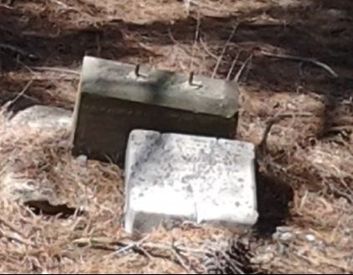
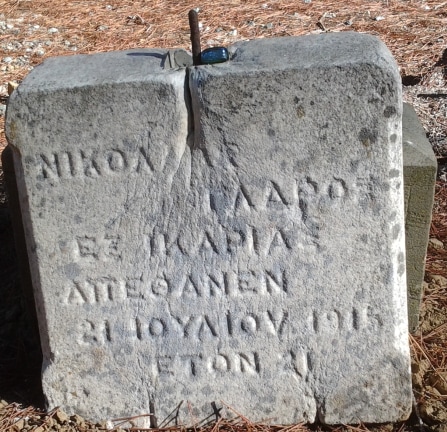

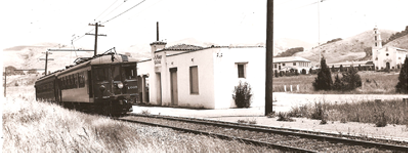
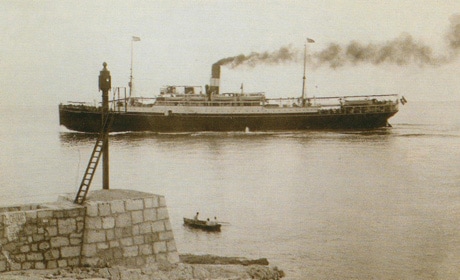
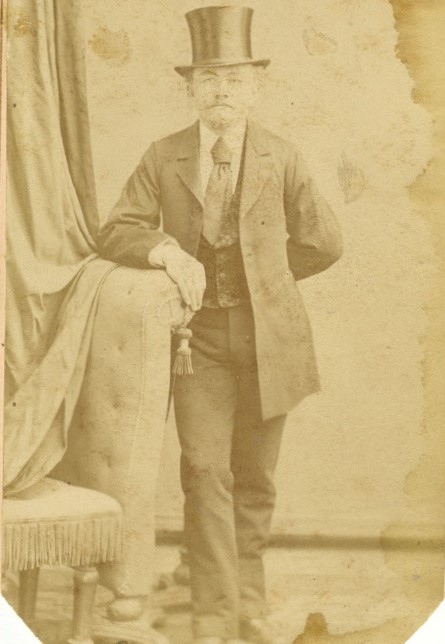
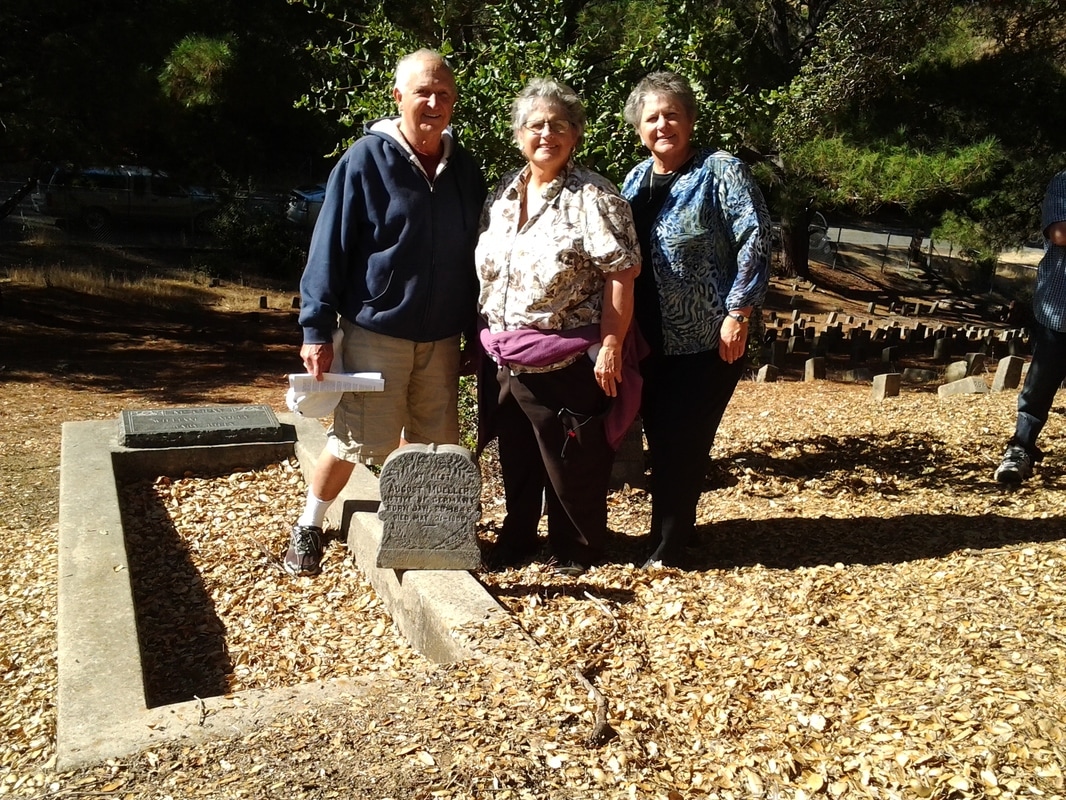
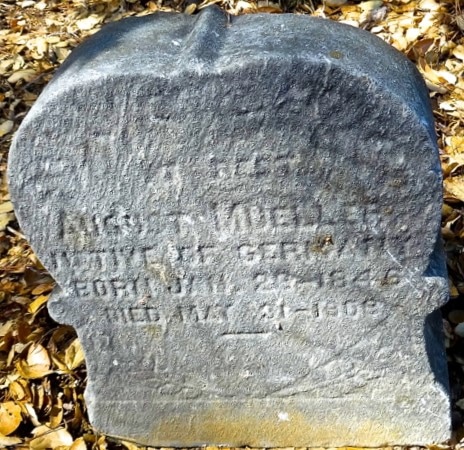
 RSS Feed
RSS Feed